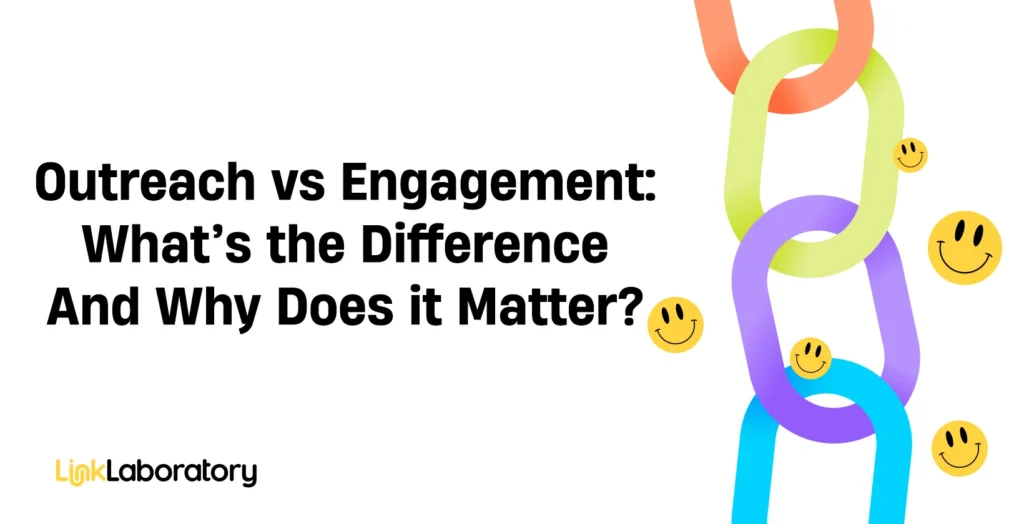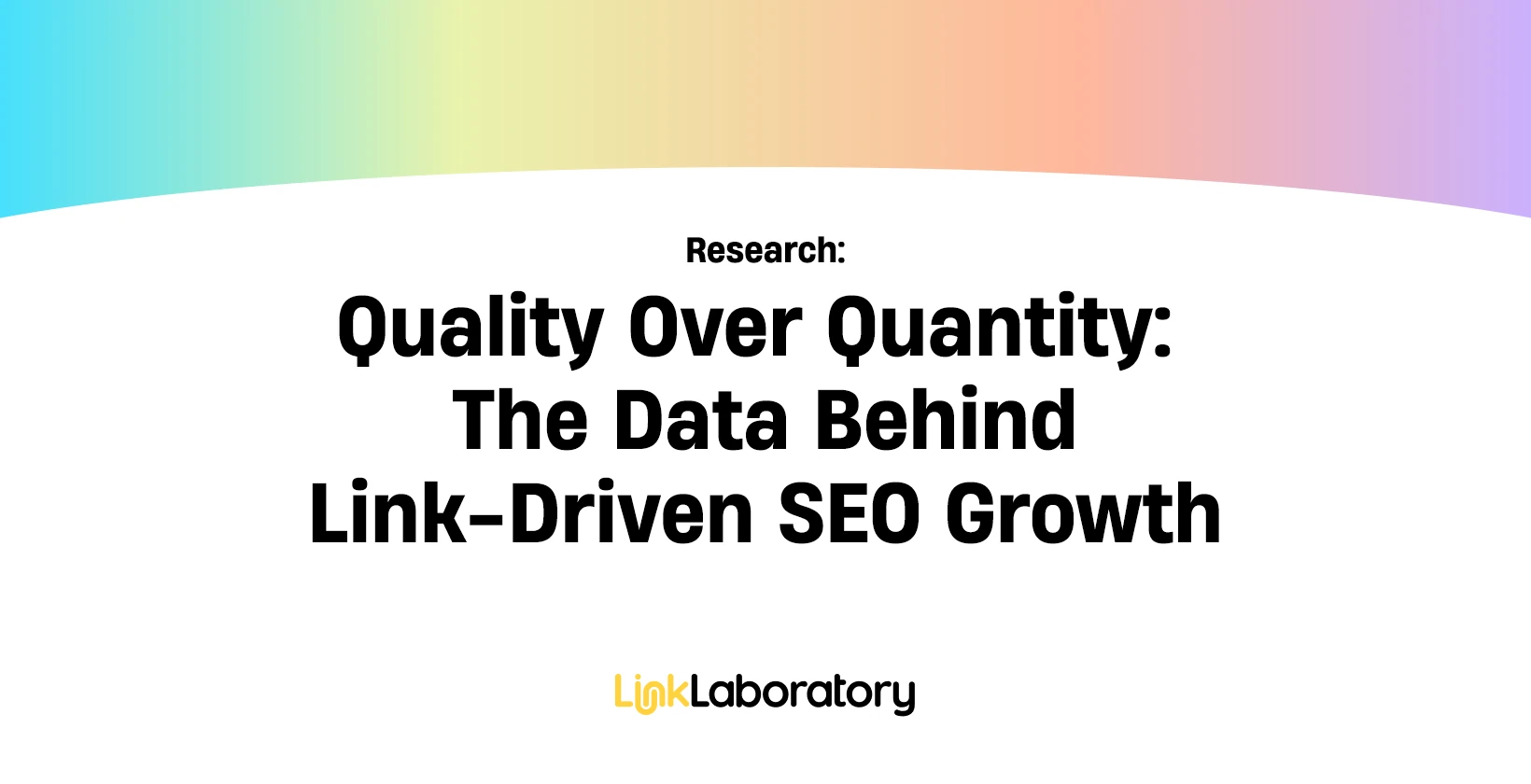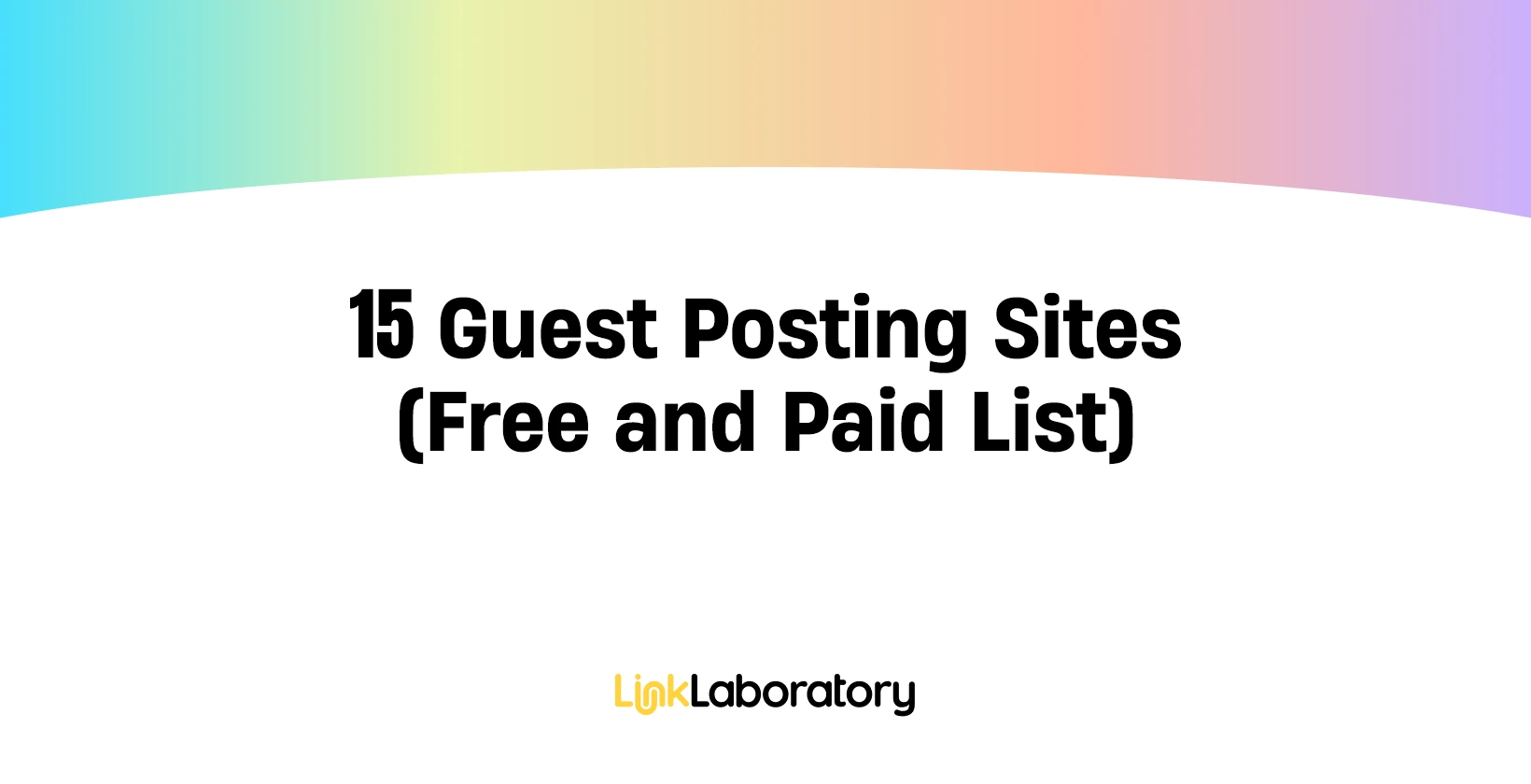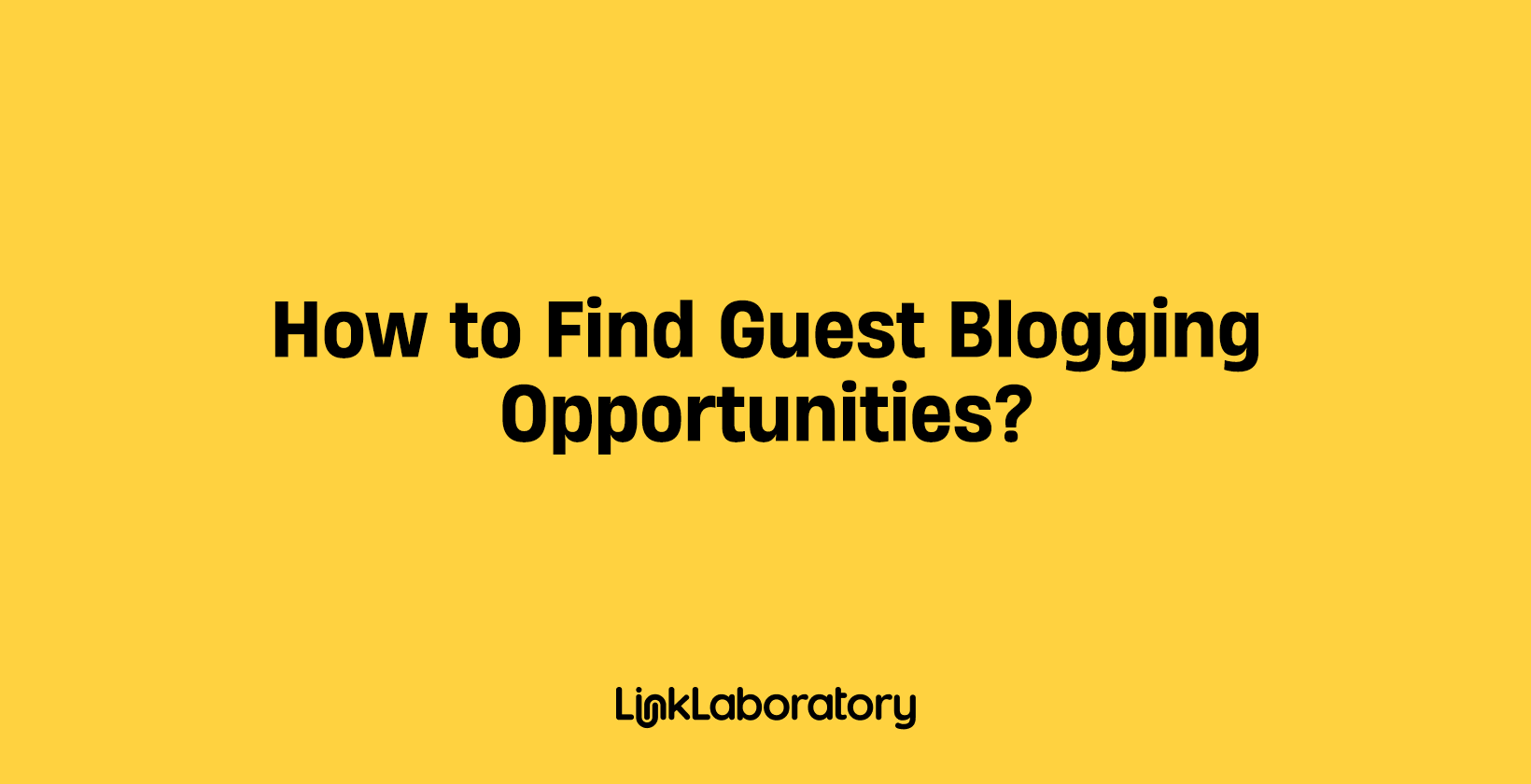Outreach and engagement are two pillars of digital marketing that drive brand visibility and audience connection in distinct ways. Outreach is a one-way process that pushes information outward to capture attention and generate awareness. Engagement operates as a two-way exchange where audiences interact, respond, and form relationships with the brand. This fundamental difference shapes how campaigns achieve influence, build trust, and create measurable impact.
Outreach introduces a brand to new audiences by extending its presence into new spaces. Cold emails, press releases, social media outreach, and influencer partnerships all function as outreach methods designed to deliver a message at scale. Engagement, in contrast, moves the relationship beyond exposure. Comments, shares, conversations, and community-building efforts form the architecture of engagement that sustains attention and nurtures loyalty.
Understanding the distinction matters because outreach without engagement risks becoming noise, while engagement without outreach limits growth. Outreach expands a brand’s circle of influence, while engagement strengthens the bond within that circle. This article unpacks the difference between outreach and engagement, and examines why they matter for digital marketing.
What is Outreach?
Outreach is a strategic marketing approach that initiates contact with targeted individuals, businesses, or organizations to amplify brand visibility and influence. Outreach operates as a proactive effort where brands extend communication to external parties who hold credibility and reach within a relevant niche. The primary function of outreach is to create pathways for exposure, whether through influencer collaborations, media coverage, or partnerships that extend the brand’s message to new audiences.
Outreach builds recognition by placing a brand in front of audiences through established voices while strengthening authority through association with reputable partners. This process involves identifying the right stakeholders, crafting personalized communication, and aligning objectives to secure mutual value. By leveraging outreach, businesses drive visibility, generate quality leads, and secure the relationships that establish their position in competitive markets.
Outreach supports link building by acquiring placements on authoritative domains, accelerates content promotion by distributing assets through influential networks, and scales reach by tapping into communities already aligned with the brand’s goals. The ultimate purpose of outreach is expanding the circle of influence, securing trust through partnerships, and ensuring brand messages resonate in spaces where they matter most.
What is Engagement?
Engagement is the process of creating active, two-way interactions between a brand and its audience that foster loyalty and advocacy. Engagement turns awareness into participation, where customers respond, share, and contribute to the brand experience. Engagement functions as the connective tissue of digital marketing, transforming passive viewers into invested participants who strengthen the brand’s market position.
The purpose of engagement lies in sustaining relationships across the marketing funnel. At the awareness stage, engagement signals interest through likes, shares, or comments. During consideration, engagement deepens involvement through feedback, conversations, and personalized content that align with audience needs. At conversion and retention stages, engagement nurtures trust through ongoing interaction, loyalty programs, and community participation that extend customer lifetime value.
Engagement drives measurable outcomes that impact growth. Higher interaction rates indicate resonance, stronger loyalty increases repeat purchases, and active communities generate advocacy that reduces acquisition costs. Beyond metrics, engagement validates a brand’s relevance by demonstrating that audiences find value in continuous interaction. Engagement elevates brand messaging from communication to relationship-building.
Effective engagement establishes a cycle where each interaction reinforces trust, expands reach through advocacy, and fuels sustained business growth.
What is the Difference Between Engagement and Outreach?
The difference between engagement and outreach lies in how communication flows, the goals pursued, and the relationships built. Outreach delivers messages to new audiences with the purpose of initiating contact, while engagement fosters interaction with existing audiences to strengthen loyalty. Outreach functions as the starting point of connection, while engagement sustains long-term trust and brand equity.
The key differences between engagement and outreach are detailed below.
Nature of Communication
Outreach is inherently one-way. The brand delivers a crafted message with the expectation of sparking interest but without direct interaction. Press releases, cold pitches, and mass media placements exemplify this structure. The sender holds control of the message, and the audience serves primarily as a recipient. This approach ensures clarity, but it lacks dialogue.
In contrast, engagement thrives on two-way interaction. The brand communicates, but the audience responds, asks questions, and adds their perspective. Social media conversations, Q&A sessions, and community forums embody this dynamic. The exchange creates a cycle of listening and responding, where customer voices hold equal weight to brand messaging.
This difference in communication style dictates audience perception. One-way communication can achieve scale quickly, but two-way communication fosters trust and intimacy. Brands that integrate both create momentum. Outreach sparks awareness at scale, and engagement converts awareness into meaningful dialogue that strengthens long-term relationships.
Marketing Activities
Outreach activities operate at the frontlines of marketing. Cold email outreach, influencer collaborations, digital PR campaigns, and sponsored placements expand visibility. These efforts push brand messages into new spaces where unfamiliar audiences discover them. The goal is rapid exposure and new connections.
Engagement activities differ in focus. They revolve around content sharing, interactive campaigns, loyalty initiatives, surveys, and feedback loops. Engagement requires slower, sustained effort but generates compounding returns as audiences participate repeatedly. These actions build communities that extend beyond single campaigns.
The distinction highlights how marketing ecosystems evolve. Outreach activities bring people into the ecosystem, while engagement activities keep them inside, strengthening affinity and fostering advocacy. Without outreach, growth stagnates. Without engagement, audiences churn. Brands that balance ensure a healthy cycle of acquisition and retention.
Examples
Outreach examples include press releases announcing new initiatives, influencer seeding campaigns to reach unfamiliar markets, and cold email pitches designed to secure coverage. These examples demonstrate how outreach pushes messaging outward without requiring prior connections.
Engagement examples involve responding to customer questions on social platforms, launching user-generated content campaigns, and creating customer-only events or webinars. These actions deepen relationships by recognizing and amplifying customer voices.
Together, the examples show how outreach and engagement complement one another. A press release introduces a product to journalists, while customer engagement sustains interest through conversations, case studies, or testimonials. Outreach begins the relationship, but engagement maintains and strengthens it.
Goals
The goal of outreach is visibility. It aims to increase awareness, drive reach, and build recognition among untapped audiences. Success is measured in exposure and connections, often expressed through impressions, placements, or lead generation. Outreach pushes the brand into new arenas where it has not yet established a presence.
The goal of engagement is loyalty. Engagement focuses on transforming passive awareness into active advocacy. Success is measured through metrics like retention, repeat purchases, community growth, and customer lifetime value. Engagement deepens the relationship, ensuring audiences remain connected over time.
By aligning goals correctly, brands create a flow: outreach captures attention, and engagement holds it. Outreach alone risks being a short-term visibility spike, while engagement alone risks shrinking reach. Together, they form a growth cycle where attention consistently converts into trust.
Purpose
The purpose of outreach is expansion, introducing the brand to broader markets, new demographics, and stakeholders previously out of reach. Outreach provides the foundation for scaling awareness and positioning the brand in spaces where it lacks visibility.
The purpose of engagement is consolidation, strengthening existing relationships and securing long-term brand equity. Engagement ensures that once people enter the ecosystem, they remain invested and connected. Effective engagement transforms audiences from passive receivers into active participants.
Both purposes are essential in strategic planning. Outreach broadens horizons, while engagement fortifies existing ground. Neglecting one undermines the other, as expansion without consolidation creates weak ties, and consolidation without expansion leads to stagnation.
Content
Outreach content emphasizes reach and clarity, including carefully crafted press releases, promotional campaigns, influencer partnerships, and earned media coverage. The content is designed to be persuasive, structured, and scalable across diverse channels.
Engagement content emphasizes dialogue and personalization, including social media interactions, community-led storytelling, interactive video content, and personalized email campaigns. Instead of aiming for mass exposure, engagement content focuses on relevance and resonance with an already familiar audience.
The content distinction illustrates strategic sequencing. Outreach content captures new attention, while engagement content deepens that attention. Together, they create a layered content strategy that moves audiences from discovery to loyalty.
Target Audience
Outreach targets audiences who are unfamiliar or only slightly aware of the brand. These audiences require context, credibility, and proof of value. Outreach serves as an introduction to new customers, journalists, influencers, and stakeholders.
Engagement targets audiences already invested in the brand. These include loyal customers, subscribers, community members, and brand advocates. Engagement builds on established familiarity and focuses on delivering deeper experiences.
Understanding the target audience ensures communication aligns with expectations. Outreach educates and persuades, while engagement rewards and involves. The balance allows brands to both acquire new supporters and retain their most loyal ones.
Level of Interaction
Outreach involves limited interaction. The message is pushed outward, and responses occur selectively, depending on audience interest. The exchange ends once the message has been delivered unless the recipient chooses to respond.
Engagement thrives on high levels of interaction. The audience is encouraged to comment, ask questions, share feedback, and contribute to the conversation. This dynamic sustains the relationship by making customers feel recognized and valued.
The level of interaction dictates the strength of the relationship. Outreach sparks initial contact but rarely builds intimacy. Engagement ensures the relationship evolves through repeated, meaningful interactions that anchor loyalty.
Relationship Building
Outreach introduces the brand, but the connection often remains surface-level. It provides awareness but lacks the depth to establish trust immediately. Engagement transforms that introduction into a long-term relationship through consistent participation, responsiveness, and recognition.
Relationship building thrives on engagement because it requires familiarity, repeated exposure, and ongoing dialogue. By responding to customer input and fostering community, brands shift from transactional interactions to enduring partnerships.
The relationship between outreach and engagement mirrors the customer journey. Outreach builds recognition at the entry point, while engagement fosters loyalty over time. Together, they create a continuous cycle where discovery evolves into advocacy.
What Counts as Outreach?
Outreach counts as any activity where individuals, organizations, or institutions deliberately extend their presence beyond their immediate environment to connect with an external audience. Outreach involves initiating contact, delivering value, and creating access for people who don’t have access to the information, services, or support being offered. Unlike passive marketing or centralized service delivery, outreach operates on mobility and intent, bridging gaps between providers and communities through direct, proactive action.
The value of outreach lies in the relationships it creates. Outreach initiatives provide access and assurance, signaling that communities or individuals matter enough for organizations to invest their time and energy in direct connection. Businesses, nonprofits, governments, and campaigns all use outreach to amplify impact, raise awareness, and expand networks of influence. Each outreach activity serves to provide immediate value and to establish lasting ties that sustain future collaboration.
What is the Best Outreach Method?
The best outreach method is personalized cold emailing supported by multi-channel follow-up. Cold email delivers direct access to decision-makers, scales efficiently, and provides measurable results. Unlike mass emails, personalized outreach demonstrates relevance and builds credibility from the first touchpoint. Social media engagement strengthens this approach by reinforcing visibility and credibility across platforms where the audience is active.
Direct mail and phone calls work as secondary touchpoints that add memorability and human connection, but they perform best as follow-ups rather than standalone tactics. The defining factor across all methods is the precision of personalization, the clarity of value delivered, and the consistency of engagement.
What Counts as Engagement?
Activities that count as engagement include direct interactions that demonstrate active participation and interest in a brand’s content, products, or services. On social platforms, engagement appears through likes, comments, shares, saves, reactions, mentions, and direct messages. Each action signals that the audience values the content enough to interact, amplify, or connect.
On websites, engagement takes shape through clicks, time spent on pages, downloads, form submissions, and newsletter sign-ups. These behaviors indicate intent and move audiences deeper into the customer journey. In content marketing, blog comments, article shares, and interaction with videos, polls, or tools measure meaningful participation and knowledge exchange.
Email engagement reflects in open rates, link clicks, replies, and conversions that move subscribers into customers. Advertising engagement includes clicks, conversions, and measurable responses to targeted campaigns that validate relevance and message strength. Offline engagement emerges through event attendance, feedback, reviews, and loyalty program participation, extending interaction beyond digital touchpoints.
Engagement represents a sustained relationship, increasing audience investment, building advocacy, and signaling trust that converts attention into long-term value.
What Are the 3 C’s of Community Engagement?
The 3 C’s of community engagement are communication, collaboration, and commitment. These three elements define how organizations build strong, authentic, and lasting relationships with the communities they serve. Communication establishes clarity and trust, requiring consistent dialogue that informs, listens, and responds in ways that validate community voices.
Collaboration transforms engagement into collective action, bringing community members, leaders, and organizations together to solve challenges and pursue shared goals. Commitment proves authenticity, reflecting long-term investment in community priorities through sustained action, resources, and accountability.
What is the Difference Between Reach and Engagement?
The difference between reach and engagement lies in visibility versus interaction. Reach measures how many unique users see a piece of content, making it a metric of exposure and audience size. Reach shows how far content travels across a platform, regardless of whether users take action. For example, if a post appears in front of 500 individuals, its reach equals 500.
Engagement measures how audiences interact with the content through likes, comments, shares, clicks, or saves. Engagement reflects interest and active participation rather than passive viewing. If a post earns 50 likes, 10 comments, and 5 shares, the total engagement is 65 distinct actions.
Reach signals potential impact by showing how many people were exposed, while engagement signals actual impact by revealing how users responded. High reach with low engagement suggests broad visibility but limited resonance, whereas strong engagement indicates meaningful audience connection even with smaller reach.
What is an Outreach and Engagement Officer?
An outreach and engagement officer strengthens the connection between an organization and its stakeholders by combining strategic communication, relationship management, and community involvement. This role demands clarity in conveying the organization’s mission and values while ensuring that audiences understand and interact with its initiatives. The officer develops and executes outreach strategies that expand visibility, while structured engagement efforts ensure stakeholders remain actively involved.
Outreach and Engagement Officers operate across non-profits, government bodies, healthcare systems, educational institutions, and corporate social responsibility initiatives. In every setting, outreach officers function as a bridge that connects institutional goals with community priorities. The role integrates promotion, consultation, and relationship-building into one cohesive function that sustains public trust, strengthens participation, and secures long-term organizational relevance.



